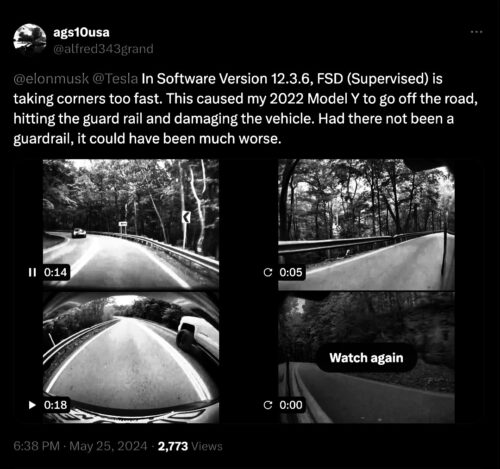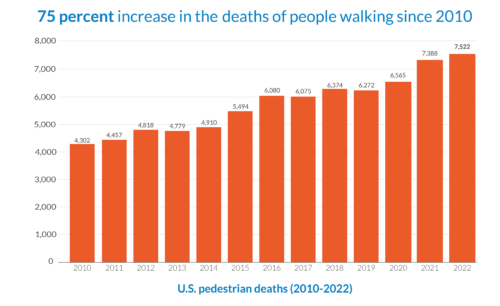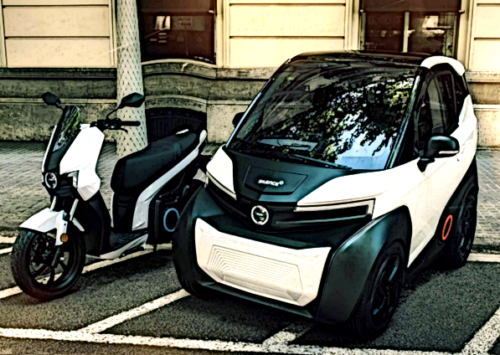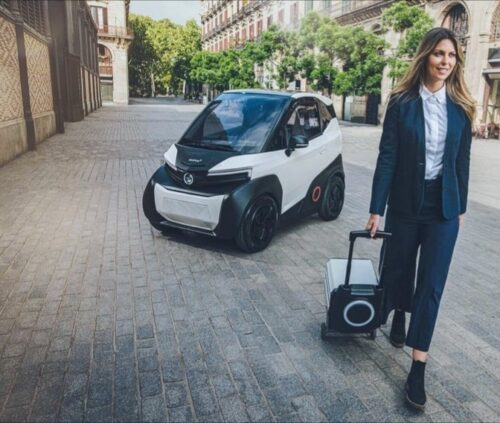Repeatedly lately I’ve been looking at Tesla “veered” crashes killing people all over the world.
From suddenly leaving a road to drive into trees, to crossing yellow lines into oncoming traffic, to leaving a mountain off a cliff, the Tesla death toll keeps rising. It represents perhaps the worst engineering in history.
Here’s yet another example, where the owner clearly witnesses his FSD unable to safely follow the curve of a road.

And if that’s not bad enough, there is a new video of a Model 3 with FSD Supervised version 12.3.6 that detains its captive passengers in the middle of railroad tracks… as if the Tesla robot has been training to be a sad cartoonish silent movie villain.
That was absolutely terrible. It did not see the stop sign until the last second and then it slammed on the brakes in the middle of the train tracks. And just sat there. It would not go until I hit the accelerator.

Later in the same video FSD stops at a yield sign with no traffic anywhere in sight, refusing to move. When it finally is forced by the driver to roll again, it claims the legal speed limit is 5 mph and only crawls along an empty road in the countryside.






